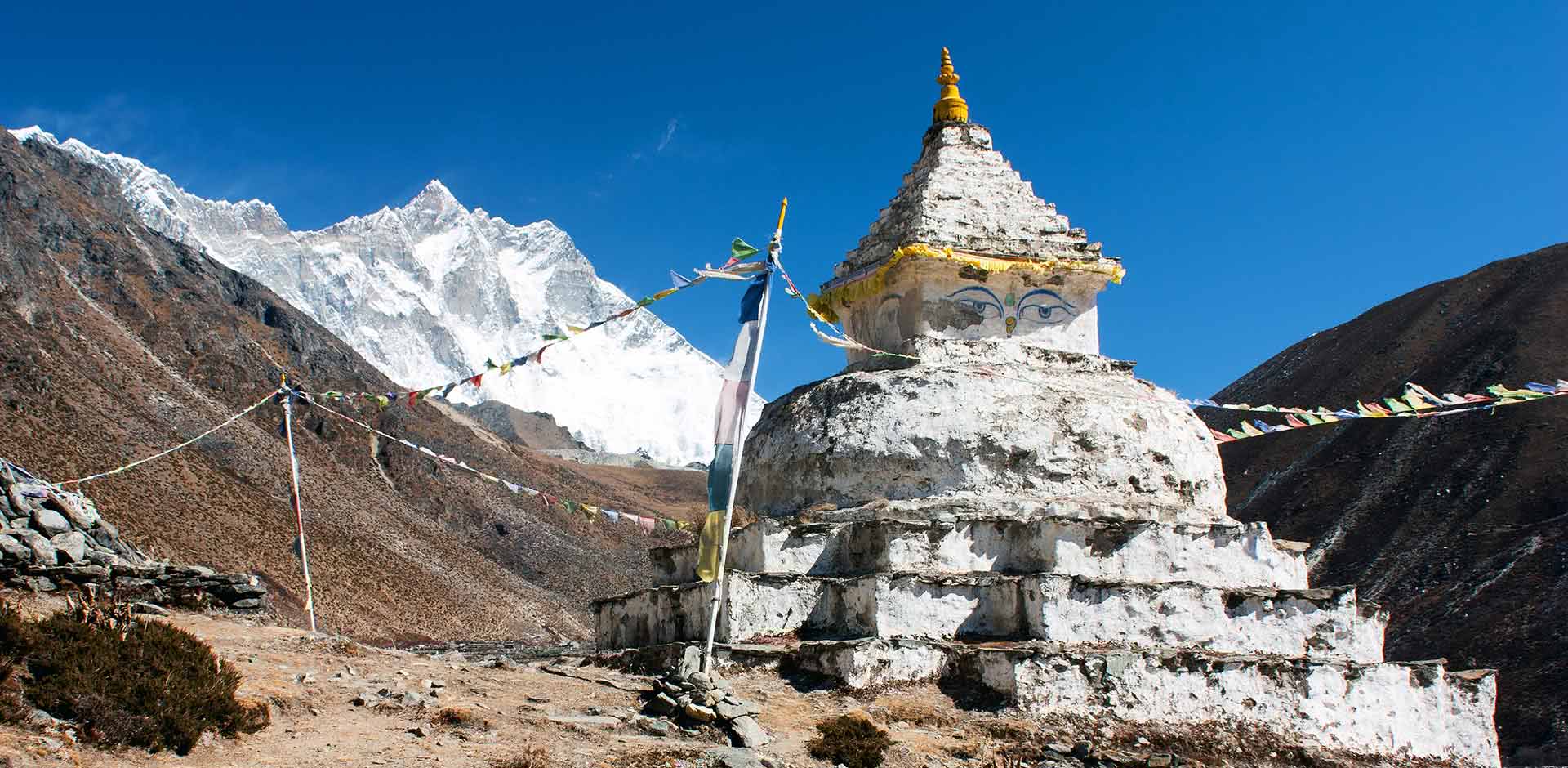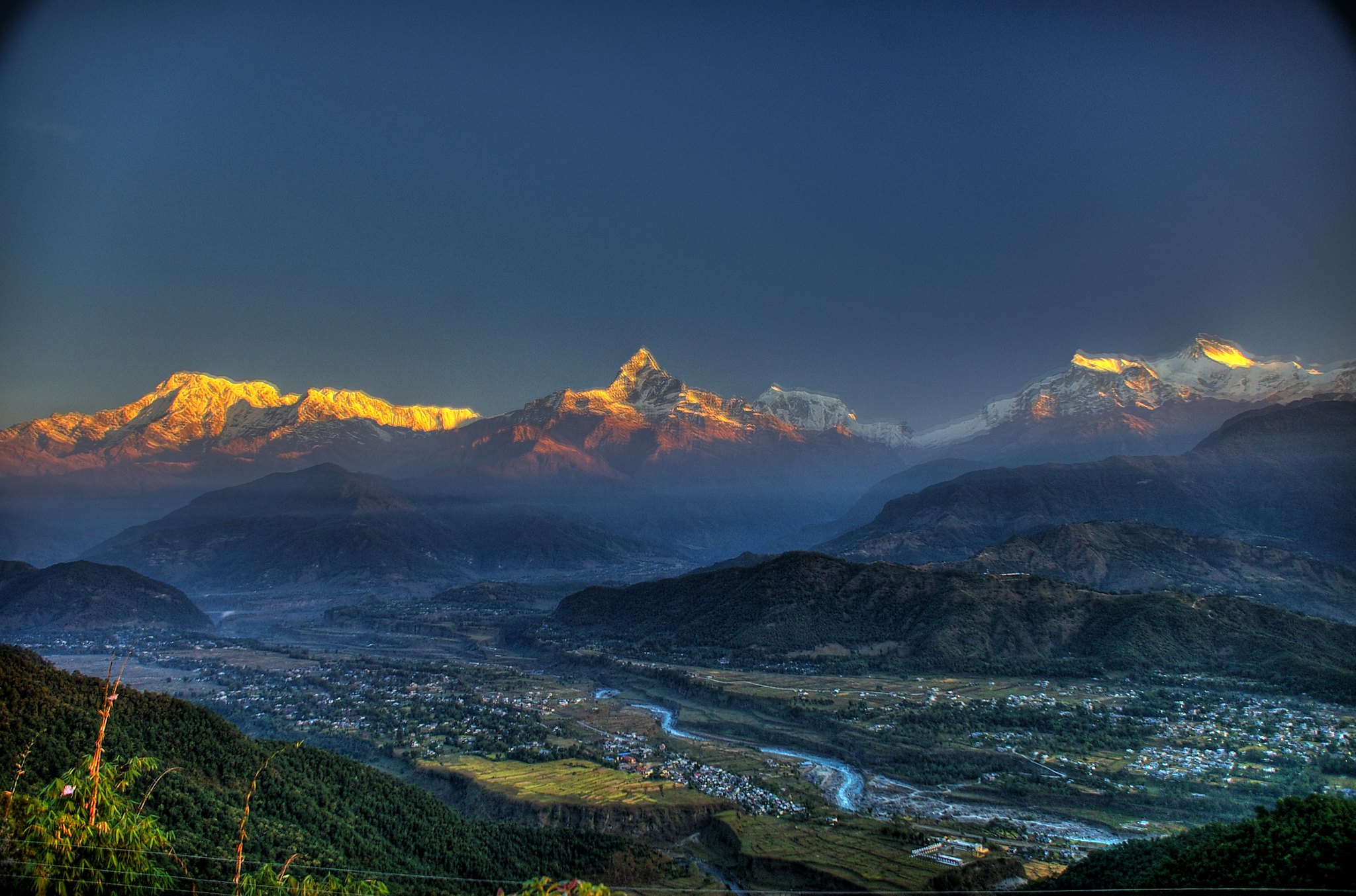Nepal: A Tapestry Of Natural Wonders
Nepal: A Tapestry of Natural Wonders
Related Articles: Nepal: A Tapestry of Natural Wonders
Introduction
With enthusiasm, let’s navigate through the intriguing topic related to Nepal: A Tapestry of Natural Wonders. Let’s weave interesting information and offer fresh perspectives to the readers.
Table of Content
Nepal: A Tapestry of Natural Wonders

Nestled in the heart of the Himalayas, Nepal is a country of breathtaking natural beauty, a land where snow-capped peaks pierce the sky, verdant valleys teem with life, and ancient rivers carve their way through rugged landscapes. From the towering heights of Mount Everest to the serene depths of its lakes, Nepal offers a diverse and captivating experience for the adventurous traveler.
A Symphony of Mountains
The Himalayas, the world’s highest mountain range, dominate the landscape of Nepal. The country boasts eight of the world’s fourteen eight-thousand-meter peaks, including the majestic Mount Everest, the highest point on Earth. These towering giants, draped in perpetual snow and ice, offer awe-inspiring views and challenge the most experienced mountaineers.
Beyond the giants, Nepal’s mountains offer a spectrum of experiences. The Annapurna Circuit, a legendary trekking trail, winds through breathtaking valleys, past cascading waterfalls, and ancient villages, culminating in views of the Annapurna massif. The Langtang region, known for its rhododendron forests and glacial lakes, offers a unique blend of beauty and tranquility.
The Enchantment of Valleys
Nestled between the mountains, Nepal’s valleys are fertile oases, teeming with life. The Kathmandu Valley, home to the country’s capital and numerous ancient temples, is a vibrant cultural hub. The Pokhara Valley, situated at the foot of the Annapurna range, is renowned for its serene lakes, including the iconic Phewa Lake, and the panoramic views of the mountains.
The valleys are not merely picturesque; they are the lifeblood of Nepal. They provide fertile land for agriculture, supporting a diverse population of farmers and artisans. Their beauty is a testament to the delicate balance between nature and human life.
The Rhythms of Rivers
Nepal’s rivers, fed by the melting glaciers of the Himalayas, are a vital part of the country’s landscape. The mighty Karnali, the longest river in Nepal, flows through the western region, carving deep gorges and supporting a rich ecosystem. The Trishuli, a popular rafting destination, offers thrilling rapids and stunning views.
The rivers are not only scenic; they are the lifeblood of the country, providing water for irrigation, drinking, and hydropower. They also play a vital role in the cultural and spiritual fabric of Nepal, with many rivers considered sacred.
The Serenity of Lakes
Scattered throughout the valleys and nestled amidst the mountains, Nepal’s lakes offer a tranquil escape. Phewa Lake in Pokhara, with its iconic reflection of the Annapurna peaks, is a popular destination for boating and relaxation. The serene Rara Lake, nestled in the Rara National Park, is the largest lake in Nepal, surrounded by dense forests and offering a glimpse into untouched nature.
These lakes are not only beautiful; they are vital ecosystems, providing habitat for diverse flora and fauna. They also serve as a source of drinking water and a vital component of the local economy.
The Tapestry of Wildlife
Nepal’s diverse landscapes provide a haven for a wide array of wildlife. The Royal Chitwan National Park, home to endangered Bengal tigers, one-horned rhinos, and a plethora of bird species, offers a unique opportunity to witness the wonders of the wild. The Bardia National Park, renowned for its rich biodiversity, is a haven for elephants, tigers, and a diverse range of birdlife.
The importance of Nepal’s wildlife is not merely aesthetic; it plays a crucial role in maintaining the ecological balance of the region. The forests provide vital carbon sinks, while the diverse ecosystems contribute to the overall health of the planet.
The Importance of Conservation
Nepal’s natural beauty is a precious resource, vulnerable to the pressures of climate change, deforestation, and pollution. Conservation efforts are vital to ensure the preservation of this unique heritage for future generations.
Nepal’s government has established numerous national parks and protected areas, while organizations like WWF and the World Bank are actively working to promote sustainable tourism and protect endangered species.
FAQs on Nepal’s Natural Beauty
Q: What are the best times to visit Nepal for experiencing its natural beauty?
A: The best time to visit Nepal for trekking and enjoying the Himalayas is during the spring (March-May) and autumn (September-November) seasons. These months offer clear skies, pleasant temperatures, and vibrant landscapes.
Q: What are some of the most popular trekking routes in Nepal?
A: The Annapurna Circuit, Everest Base Camp Trek, Langtang Valley Trek, and Manaslu Circuit Trek are some of the most popular and rewarding trekking routes in Nepal.
Q: What are some of the best places to see wildlife in Nepal?
A: Royal Chitwan National Park, Bardia National Park, and Langtang National Park are renowned for their diverse wildlife populations, including tigers, rhinos, elephants, and a wide variety of bird species.
Q: What are some of the most important conservation efforts in Nepal?
A: The establishment of national parks and protected areas, sustainable tourism initiatives, and the promotion of eco-friendly practices are crucial conservation efforts in Nepal.
Tips for Experiencing Nepal’s Natural Beauty
- Plan your trip carefully: Research the best time to visit, choose the appropriate trekking route, and make sure you have the necessary permits and equipment.
- Respect the local culture: Be mindful of local customs and traditions, dress appropriately, and avoid littering.
- Support sustainable tourism: Choose eco-friendly accommodations and tour operators, and minimize your environmental impact.
- Engage with the local community: Learn about their culture, support local businesses, and contribute to the well-being of the community.
Conclusion
Nepal’s natural beauty is a treasure trove of wonder, offering a unique and unforgettable experience for travelers. From the towering peaks of the Himalayas to the serene depths of its lakes, the country’s diverse landscapes provide a canvas for adventure, cultural immersion, and a deep appreciation for the power and beauty of nature. By supporting conservation efforts and promoting sustainable tourism, we can ensure that this precious heritage continues to inspire generations to come.








Closure
Thus, we hope this article has provided valuable insights into Nepal: A Tapestry of Natural Wonders. We hope you find this article informative and beneficial. See you in our next article!
You may also like
Recent Posts
- The Art Of Persuasion: A Comprehensive Guide To Makeup Product Label Design
- A Comprehensive Look At Mary Kay Cosmetics: Reviews, Insights, And Considerations
- Affordable Skin Care: A Guide To Effective Products Under INR 100
- Navigating The World Of Mary Kay Discounted Products: A Comprehensive Guide
- The Power Of High-Resolution Images: A Guide To Acquiring The Best Visuals For Your Projects
- The Power Of Reviews: Navigating The World Of Makeup Products
- Swiss Beauty Makeup: A Comprehensive Guide To Quality And Affordability
- Embracing Natural Beauty: Makeup Tips And Techniques For Women Over 50
Leave a Reply